Speakers
February Speakers
|
Dr. Maria Devant Institute of AgriFood Research and Technology |
Over the last 18 years, I have focused my scientific career in beef production improving feed efficiency and enhancing economic returns while minimizing environmental impact, improving animal welfare, and offering high-quality products to the consumers through research and innovation. My expertise is nutrition and management, and in case a topic needs the expertise in another area we find collaboration within IRTA or outside IRTA to solve it. In the last 5 years I have focused my research in 2 topics: improving beef sustainability and animal recovery from stressful periods with nutritional and management strategies. |
|
Dr. Bernadette Earley TEAGASC, Ireland |
Dr. Earley, is a Principal Research Scientist in the Animal and Bioscience Research Department. Dr. Earley holds an honorary appointment as an Adjunct Lecturer & Assistant Professor in University College Dublin (UCD) School of Veterinary. Dr. Earley has more than 24 years of experience in bovine immunology, animal health and welfare, and animal behaviour documented by more than 160 publications in peer reviewed journals. |
|
Dr. Terry Engelken Iowa State University |
Dr. Terry Engelken grew up in a row crop and beef cattle operation in northeastern Kansas. He joined a mixed animal practice in Onaga, KS before returning to KSU for a residency and master’s program in Beef Cattle Production Medicine. In 2007, he moved to the Iowa State University College of Veterinary Medicine where his appointment still includes field service clinical rotations, research and classroom teaching. |
|
Dr. Derek Haley Ontario Veterinary College University of Guelph |
Dr. Haley leads a research program in applied ethology (animal behaviour) and animal welfare science, and he teaches graduate, undergraduate, and veterinary students about these subjects. The goals of his work are to advance our knowledge and understanding of the behavioural biology of farm animals (especially beef and dairy cattle), and to help us improve the ways we handle, manage, and care for them. This in turn will allow us to improve animal health, well-being, and productivity, and enhance our ability to use animal behaviour to answer questions about what animals experience. |
|
Dr. Dan Loy Iowa State University |
Dan Loy is a Professor of Animal Science at Iowa State University and Director of the Iowa Beef Center. He has also served as an Extension Beef Specialist for Iowa since 1982, giving leadership to ISU’s program to the cattle feeding industry. His research interests have focused on applied feedlot nutrition and beef production and management systems. |
|
Sonia Marti Institute of AgriFood Research and Technology |
Dr. Sonia Marti is a Research Scientist in the Department of Ruminant Production at Institut de Recerca i Tenologia Agroalimentaries de Catalunya, Spain. Sonia completed an NSERC Postdoctoral fellowship at Beef Welfare Department at Agriculture and Agri-Food Canada in Lethbridge (2013-2016) and the University of Calgary. Dr. Marti’s current research focuses on evaluating management practices of unweaned dairy calves reared for meat focused on improving their welfare and health, and productivity. |
March Speakers
|
|
Kim Brackett co-owns and operates Brackett Ranches Limited Partnership with her husband, Ira. Brackett Ranches is a cow/calf and stocker operation based in southern Idaho and eastern Oregon. Kim has extensive experience in the cattle industry, most recently serving as Chair of the Cattle Industry’s 2025 Long Range Plan Task Force. Kim also serves on the Idaho Cattle Association’s Board of Directors and is active in her local cattle associations. |
|
Dr. Kip Lukasiewicz Sandhills Cattle Consultants |
Dr. Kip L. Lukasiewicz received his Doctor of Veterinary Medicine degree in 1999 from Kansas State University. He is the owner of Sandhills Cattle Consultants, Inc., and an equal partner with Production Animal Consultation, LLC, as well as Aerobos. Dr. Kip’s primary focus is in feedlot consulting, animal handling, and facility design. |
|
Dr.Jason Rowntree Michigan State University |
Dr. Jason Rowntree works at Michigan State University in the Department of Animal Science as a professor and researcher. Two massive hurricanes devastated Louisiana agriculture in 2005. While helping farmers recover from the twin disasters, Dr. Jason Rowntree then realized his life’s work would be developing systems to increase the resilience of food production worldwide. |
|
Dr. Dan Thomson Iowa State University |
Dr. Thomson is an internationally known leader, researcher and instructor in animal health management, animal welfare and beef cattle production. He has been serving as the Jones Professor of Production Medicine and Epidemiology at Kansas State University and founded the Beef Cattle Institute in Kansas State’s College of Veterinary Medicine. |
April Speakers
|
Dr. Courtney Daigle Texas A&M |
Dr. Courtney Daigle is an Assistant Professor in the Department of Animal Science at Texas A&M University. She received a Bachelor of Science in Zoology in 2004 from Oklahoma State University. Dr. Daigle specializes in evaluating the impact of husbandry and management practices on captive animal health, productivity, and welfare. Current research efforts include quantifying the impact of environmental enrichment and social mixing on feedlot cattle productivity and behavior as well as characterizing the relationship between cattle behavior and diet. |
|
Karen Schwartzkopf-Genswein Agriculture and AgriFood Canada |
Dr. Schwartzkopf-Genswein is a principle scientist (Beef cattle welfare and production) with Agriculture and Agri-Food Canada in Lethbridge, AB. Her research includes pain/stress assessment and mitigation strategies associated with routine management procedures such as transport, castration, dehorning, and lameness. She has also focused her research in the area of stress reduction and early detection of illness focusing on BRD in feedlot cattle. Dr. Schwartzkopf-Genswein is currently an adjunct professor at the University of Saskatchewan, University of Calgary, and UNESP University in Sao Paulo, Brazil where she is active in supervising and mentoring students at the Bachelors, Masters, and PhD levels. |
Student Presentations |
|
|
Caleb Brezina |
Caleb Brezina graduated with a Bachelors of Science in Animal Science from Berry College in 2019. Caleb is currently a third-year veterinary student at Iowa State University College of Veterinary Medicine, where he is tracking large animal medicine and pursuing a concurrent graduate degree in the Veterinary Diagnostic and Production Animal Medicine department. His research emphasizes beef cattle welfare, with his main area of focus around commingling stress. In his free time, Caleb enjoys hiking and visiting National Parks with his wife. Evidence of social buffering benefits to castration stress in beef calves housed with familiar pen-matesCaleb M Brezina, Grant A Dewell, Renee D Dewell, Rebecca L Parsons, Anna K Johnson, Derek B Haley, Suzanne T Millman Commingling of beef feeder calves from different sources results in biological and behavioral stressors. The objective of this study was to explore whether preferential relationships among beef feeder cattle may produce social buffering that result in positive animal welfare, health and performance outcomes. Weaned calves (n=102) from 23 source farms were randomly assigned to 17 pens, each comprised of 3 familiar (F) calves from the same source farm and 3 unfamiliar (U) calves from 3 different source farms. We hypothesized that F calves would experience less stress than U calves during weekly handling events (D7, D14, D21, and D28 relative to feedyard arrival) and castration surgery (D14). Outcomes included chute calf order into the handling chute, vocalizations in the chute, exit speed, and ADG. Models included a day by treatment interaction and cohort as a fixed effect; for ADG, D0 weight was included as a covariate. A Friedman test ranked calf chute order across all handling events and compared them across treatment groups. Based on our preliminary data, we found no evidence F calves stayed in closer proximity to one another than U during handling events (p>0.11). However, F calves displayed fewer vocalizations (p=0.01) and faster chute exit speed (p<0.02) than U calves on Day 21 when castration effects were greatest; other handling days did not differ. Additionally, F calves showed a higher post-castration ADG than U calves at D21 (p<0.02). Based on our preliminary results, we found some evidence suggestive of social buffering benefits for F calves in response to castration stress. |
|
Aiden Juge |
Aiden Juge is a PhD student in the Department of Animal Science at Texas A&M University. He received a Bachelor of Arts in Biopsychology in 2020 from New College of Florida. During his undergraduate studies, Aiden completed an honors thesis on equine cognition and olfaction. His current work in the Behavior and Welfare Lab at TAMU is focused on evaluating dogs’ ability to detect bovine respiratory disease via olfaction. Using canine olfaction to detect bovine respiratory disease: A pilot studyBovine respiratory disease (BRD) is a major welfare and economic concern in feedlot cattle. Identification of BRD-affected cattle using clinical illness scores is problematic, and most other diagnostic approaches are not feasible. However, dogs can rapidly identify humans and animals affected by a variety of diseases using scent. In this study, two dogs were trained to alert on nasal swabs from cattle that developed BRD after feedlot arrival. Nasal swabs were collected upon cattle arrival to the feedlot. Dogs were presented with sets of one positive and two negative swabs and were trained to hold their noses on positive samples. The dogs performed well at the end of training, with an average accuracy for Dog A of 0.817 and Dog B of 0.647. During a double-blind detection test, dogs were presented with 41 sets of unfamiliar samples. Detection test accuracy was slightly better than chance for Dog B at 0.451 (95% CI: 17 0.341-0.565) and was no better than chance for Dog A at 0.378 (95% CI: 0.273-0.492). Overall accuracy was 0.415 (95% CI: 0.338-0.494). While dogs showed some ability to identify BRD-affected cattle, more testing is needed to identify whether dogs could be an effective BRD screening method. |
|
Paula Olivares Guzman |
Paula did her BSc with honors at the Monterrey Institute of Technology and Higher Education (ITESM), in Mexico. She trained there as an Agronomist, and subsequently spent 7 years working for a pharmaceutical company, in Mexico's beef feedlot industry. In 2017, she moved to Canada to complete an MSc degree in Animal Bioscience, at the University of Guelph and is currently a doctoral candidate there, studying the effects of long-distance transportation of beef cattle on their behaviour during rest stations stopovers. Does providing bedding change the latency and duration of cattle lying behaviour during long-distance transport rest stops?Olivares Guzmán P1*, Pearl DL1, Schwartzkopf-Genswein KS2, Meléndez DM2, Marti S3, and Haley DB1. 1University of Guelph, Department of Population Medicine (polivare@uoguelph.ca) 2Agriculture & Agri-Food Canada, Lethbridge Research & Development Centre 3Institute of Agrifood Research & Technology, Ruminant Production We explored whether straw bedding at rest stations might affect latency and duration of lying down during the 8 h stopovers required for stops during long-distance transport. Animals (n=75, 6 per load, opportunistically selected) were rested in pens that were either bedded (n=38, straw, 14 cm deep) or non-bedded (n=37). The lying activity of each animal was recorded every 10 min for 8 h. Independent variables: treatment, approximate animal weight/load (kg), and space allowance in the trailer. Linear and mixed linear regression models were fitted to assess lying latency and duration, respectively. Bedding significantly modified the effect of approximate animal weight and space allowance on lying duration and latency, respectively. Regardless of bedding, lying duration increased with approximate animal weight, but the effect was greater for non-bedded animals. With low space allowance, bedded cattle lay down sooner (P<0.001). Among bedded animals, animals lay down sooner with low compared to moderate space allowance (P=0.003). Bedding influences the latency and duration of cattle lying behaviour at rest stations based on cattle weight and space allowance in the trailer. In practical terms, heavier cattle and cattle transported at high stocking densities are most likely to benefit from bedding. |
|
Cathy McGettigan |
Cathy McGettigan is a final year PhD student based at the Animal & Grassland Research and Innovation Centre (AGRIC), Teagasc, Grange, Dunsany, Co. Meath, Ireland. Her PhD is an investigation of effect of concrete slats and rubber covered slats on the performance and welfare of beef cattle accommodated indoors. The effect of floor type on the performance, behaviour, hoof wear, cleanliness of indoor housed finishing beef steersThe study objective was to investigate effect of concrete slats (CS) and rubber covered slats (RM) on the performance and welfare of indoor finishing beef steers (n=140, 1316 lb (SD 62); 643 days (d) old (SD 20.7)). Steers were blocked by weight, breed and age, randomly allocated to pens of four and assigned to either i), CS (n=17 pens) or ii), RM (n=18 pens) for 120 days at a space allowance of 32 ft2 per animal. Finishing steers on RM had greater (P<0.05) average daily live-weight gain (ADG) (2.5 vs. 2.3 lb) and carcass weight (913 vs. 899 lb) and superior feed conversion ratio (FCR) (10.6 vs. 12.4) (P<0.05) compared to CS. Steers on RM lay down for longer, had more frequent getting up and lying down movements and a greater frequency of lying and standing bouts (P<0.05). Steers on RM had a sharper toe angle compared to CS (P<0.05), but this did not reflect insufficient hoof wear, or cause lameness or hoof lesions. There was a floor×time interaction (P<0.05) for dirt scores, whereby no differences existed between treatments from d0 to d56 (P>0.05) but from d56 until slaughter RM steers were dirtier than CS (P<0.05). |
|
Dorit Albertsen |
Dorit Albertsen is a veterinarian and has an MSc in ethology from the University of Bristol. She manages a Suckler Beef Herd in Southern England. PosterThe natural weaning window in suckler beef cattleAlbertsen D, and Held SDE |
|
Francesca Johansen |
Francesca Johansen completed her undergraduate degree in Animal Behaviour and Welfare Science at the University of Bristol and remained at the University of Bristol to complete her MSc. She is currently working on her PhD at Queen’s University Belfast. Francesca’s research focuses on natural weaning in beef cattle and welfare of dairy cows. PosterNaturally weaned beef cattle preferentially associate with related rather than unrelated animalsFew studies have explored the social dynamics of beef cattle groups as part of a network and/or with a focus on cow-calf dynamics. Here we present an investigation of the social dynamics in a naturally weaning beef herd using social network analysis (SNA). Cows were kept in sub-herds of 250-300 on an extensive permanent pasture system in the UK. Yearling calves were left to be weaned naturally by their mothers. Heifer calves stayed in their natal sub-herds. Sub-herds thus consisted of related and unrelated cows and calves. Nearest neighbour data were collected using direct observations on a sample of 30 cows, yearlings, and calves in one sub-herd. SNA revealed that study cows had stronger social connections with other related cattle than unrelated cattle had to other unrelated cattle and that they preferred related nearest-neighbours over unrelated nearest-neighbours. The social networks remained stable over time as the weaning period approached and no differences were found between the cow-calf associations before and after weaning. This suggests that beef cattle preferentially associate with related animals over unrelated animals when allowed free access to both, that they form consistent social attachments, and that calves born into the group are important for its social structure. |
|
Ashlynn Kirk |
Ashlynn is a second year PhD student at UC Davis in the Animal Biology Graduate Group. Her research interests include how cattle behavior and physiology is affected by various management decisions and cattle handling practices. Application of a scoring system for septum injuries in beef calves with and without a nose flapKirk, A.A.1*, and Tucker, C.B.1 1University of California Davis, Center for Animal Welfare, Department of Animal Science (aakirk@ucdavis.edu); (cbtucker@ucdavis.edu) One gradual method of weaning is when a calf is fitted with a nose flap to prevent suckling. We aimed to identify if one type of plastic nose flap that was administered for 7 days caused nasal injuries. Eighty-two (n=82) Angus-Hereford calves were assigned to ‘Flap’ or ‘No Flap’ treatments. Images were taken of each nostril at d-0 (before), d-7 (on day of removal), and d-13 relative to insertion. Wounds were scored for the presence/absence of 3 characteristics: damage (tissue where the flap rested was a different color than surrounding nostril), impression (edges of the wound were clearly raised or sunken), and blood (bright red liquid). No nostrils in the ‘No Flap’ treatment had damage, impression, or blood present. All nostrils from animals that kept their flap in for 7 days had damage and impressions, while 76% of nostrils had blood present after nose flap removal (p<0.001; Fisher’s Exact 2x2 contingency of presence/absence and Flap/No Flap for each wound characteristic). Wounds were scored 1 week later and 100% of nostrils had damage, 45% of nostrils impressions and 14.2% of nostrils had blood present. This flap caused injuries and further work is needed to understand how much these matter to the calf. |
May Speakers
|
Diego Moya Fernandez
|
Assistant Professor at the University of Saskatchewan, Diego Moya works in the field of Beef Cattle Welfare and Behaviour at the Large Animal Clinical Sciences Department of the Western College of Veterinary Medicine. His research is focused on the analysis of cattle behaviour to better identify and predict its susceptibility to the most prominent health disorders, in order to develop prevention strategies and tailored treatment protocols to reduce the incidence and/or virulence of respiratory and digestive disorders to substantively enhance judicious use of medication whilst preserving animal health and welfare. |
|
Jason Nickell, DVM, PhD DACVPM Director, Insight and Outcomes Merck Animal Health |
Dr. Jason Nickell received the DVM degree in 2003 from the University of Missouri. After four years of mixed animal practice, Dr. Nickell attained a PhD in Epidemiology at Kansas State University in 2010. Dr. Nickell serves as Director of Insights and Outcomes for Merck Animal Health. Dr. Nickell is a Diplomate of the ACVPM and member of the MVMA, AVMA, AVC, and AABP. |
|
Daniela Melendez Suarez Research Assistant Agriculture and Agri-Food Canada |
Dr. Daniela Meléndez is a DVM graduated in San José, Costa Rica in 2011. She completed a Master’s Degree on Animal Welfare at Utrecht University, The Netherlands in 2014. In 2018, she completed a PhD at Agriculture and Agri-Food Canada in Lethbridge and the University of Calgary focused on pain assessment and mitigation at the time of castration in beef calves. She recently completed a postdoctorate at Agriculture and Agri-Food Canada in Lethbridge focused on assessing the effect of transport duration and rest on behavioural and physiological responses in beef calves. |
|
Mark Rutter Professor of Applied Animal Behaviour Harper Adams University, UK |
Mark Rutter is Professor of Applied Animal Behaviour at Harper Adams University in Shropshire in the United Kingdom. His interest in the automatic recording of farm animal behaviour started with his undergraduate final year project at Leeds University in 1984 which recorded social dominance in dairy cows, and he led the first ever project to use GPS satellite navigation receivers to track domestic animals (hill sheep) in 1993. Mark has studied the behaviour and welfare of a wide range of animals, including beef and dairy cattle, sheep, goats, wild deer, laying hens and broilers. More recently, he has been applying his expertise in the emerging field of Precision Livestock Farming, helping agri-tech companies develop commercial, sensor-based systems to improve oestrus detection and monitor health in dairy cows. Recent research projects have investigated cattle preference for pasture, and ongoing research aims improve our understanding of the factors influencing lying comfort in dairy cows. |
|
Justin Sexten Precision Animal Health Head of Industry and Network Partnerships Zoetis |
Justin Sexten, Ph.D., is the Head of Industry and Network Partnerships, Precision Animal Health at Zoetis. In this role Justin uses industry experience to guide partnerships at the intersection of technology, software, and genetics. Prior to joining Zoetis, Sexten served as director of supply development for the Certified Angus Beef® brand, where he led production education and research efforts. Justin, Julie, and their 3 daughters reside in Columbia, Missouri. |
|
Pieter Vogels Co-CEO mOOvement |
Pieter Vogels Co-Founder and Co-CEO of mOOvement with a demonstrated history of working in the agricultural and banking industry. Skilled in international business and agriculture who lived across 4 continents mOOvement The first commercial GPS ear tags in the world. A new technology that will enable cattle producers to monitor animals in real time across vast properties. The mOOvement Ear Tag collects data on your herd at your entire property. The GPS sensor allows you to track and trace your cattle over long distances. Using a solar powered ear tag each animal’s location can be monitored in real time. As farmers move to meet the challenge of efficiently producing more food for a growing global population, solar powered GPS ear tags will allow producers greater insights into the way their cattle move and interact with one another. New disruptive technologies such as IoT are rising quickly. We use these technologies to gather agri-data combined with other data. All together we turn this data into valuable insights to optimize the supply chain, starting off with the beef supply chain in Australia. |
June Speakers
|
Dr. Derek Haley University of Guelph
|
Dr. Haley leads a research program in applied ethology (animal behaviour) and animal welfare science, and he teaches graduate, undergraduate, and veterinary students about these subjects. The goals of his work are to advance our knowledge and understanding of the behavioural biology of farm animals (especially beef and dairy cattle), and to help us improve the ways we handle, manage, and care for them. This in turn will allow us to improve animal health, well-being, and productivity, and enhance our ability to use animal behaviour to answer questions about what animals experience. |
|
Temple Grandin Colorado State University |
Temple Grandin has been a pioneer in improving the handling and welfare of farm animals. Facilities she has designed for handling livestock are used by many companies around the world. She has also been instrumental in implementing animal welfare auditing programs that are used by McDonalds, Wendy’s, Whole Foods, and other corporations. Temple has appeared on numerous TV shows such as 20/20. Larry King Live, and Prime Time. Her books include: Thinking in Pictures, Livestock Handling and Transport and The Autistic Brain. Her book Animals in Translation has been on the New York Times Bestseller List. She was born in Boston, Massachusetts. Temple’s achievements are remarkable because she was an autistic child. At age two she had no speech and all the signs of severe autism. Many hours of speech therapy, and intensive teaching enabled Temple to learn speech. Mentoring by her high school science teacher and her aunt on her ranch in Arizona motivated Temple to study and pursue a career as a scientist and livestock equipment designer. Dr. Temple Grandin obtained her B.A. at Franklin Pierce College in 1970. In 1974 she was employed as Livestock Editor for the Arizona Farmer Ranchman and also worked for Corral Industries on equipment design. In 1975 she earned her M.S. in Animal Science at Arizona State University for her work on the behavior of cattle in different squeeze chutes. Dr. Grandin was awarded her Ph.D in Animal Science from the University of Illinois in 1989 and is currently a Professor at Colorado State University. Dr. Grandin has received numerous awards and in 2011, Temple was inducted into the Cowgirl Hall of Fame. In 2015 she was given the Distinguished Service Award by the American Farm Bureau Federation and Meritorious Award from the OIE. |
|
Dr. Karen Schwartzkopf-Genswein Agriculture and Agri-Food Canada |
Dr. Schwartzkopf-Genswein is a principle scientist (Beef cattle welfare and production) with Agriculture and Agri-Food Canada in Lethbridge, AB. Her research includes pain/stress assessment and mitigation strategies associated with routine management procedures such as transport, castration, dehorning, and lameness. She has also focused her research in the area of stress reduction and early detection of illness focusing on BRD in feedlot cattle. Dr. Schwartzkopf-Genswein is currently an adjunct professor at the University of Saskatchewan, University of Calgary, and UNESP University in Sao Paulo, Brazil where she is active in supervising and mentoring students at the Bachelors, Masters, and PhD levels. |
|
Paola Bacigalupo Sanguesa MSU Extension Educator |
Paola is a Dairy Educator with MSU Extension. She has a DVM from University of Chile, a masters from Colorado State University, and she is currently working with her PhD. Paola has been part of the Emergency Response to Accidents Involving Livestock (ERAIL) team since its beginnings and her efforts for this program are focused on cattle.
ERAIL The MSU Extension ERAIL program focuses on supporting first responders, emergency managers, and law enforcement officials. Responding to an accident that involves large trucks, people, and animals can turn into a chaotic event if the local response team is not prepared or trained to handle it. The number of livestock in Michigan combined with an expanding processing industry and several large market facilities were key factors leading the ERAIL team to identify the need to prepare those involved to deal with livestock transportation accidents. The goal of the ERAIL programs is to provide resources to the communities so that in case of a transport accident involving livestock, the response teams can maintain their and the public safety, and the wellbeing of the animals involved. |
|
Dr. Madonna Benjamin Michigan State University |
Dr. Madonna Benjamin is an Associate Professor and Swine Extension Veterinarian in the Department of Large Animal Clinical Sciences, College of Veterinary Medicine, Michigan State University. She completed her DVM at the Ontario Veterinary College and Masters in Swine Behavior at Michigan State Dr. Benjamin was president of her swine veterinary practice Veterinary Science Consulting in Alberta, and Director of Swine Health with Verus Animal Health. She joined Michigan State University in 2012 and is a recent diplomate in the American College of Animal Welfare. Dr. Benjamin and her team are the 2022 recipients of the MSU Innovation Center- Innovation of the Year, for “Work in motion biometrics and artificial intelligence for improvement of animal health.”
Her research and extension interests include:
Madonna is currently visiting her sons in Australia. |
|
Dr. Jeannine Schweihofer Michigan State University |
Jeannine is the Senior Meat Quality Extension Educator and is an adjunct associate professor in the Department of Animal Science at Michigan State University. She works with livestock producers and meat processors throughout the state to enhance meat quality and safety. Schweihofer has developed resources related to direct marketing meat and poultry; coordinates HACCP two-day certification seminars; and conducts other programming and research related to the production of beef, pork, lamb, and poultry. Jeannine is PAACO certified in meat animal welfare and has created training in humane animal handling and stunning for meat processors in addition to teaching Beef Quality Assurance. Jeannine works across Michigan with livestock producers and meat processors. In addition to her undergraduate degree in animal science from MSU, Jeannine holds masters’ and PhD degrees in meat science from Kansas State University. |



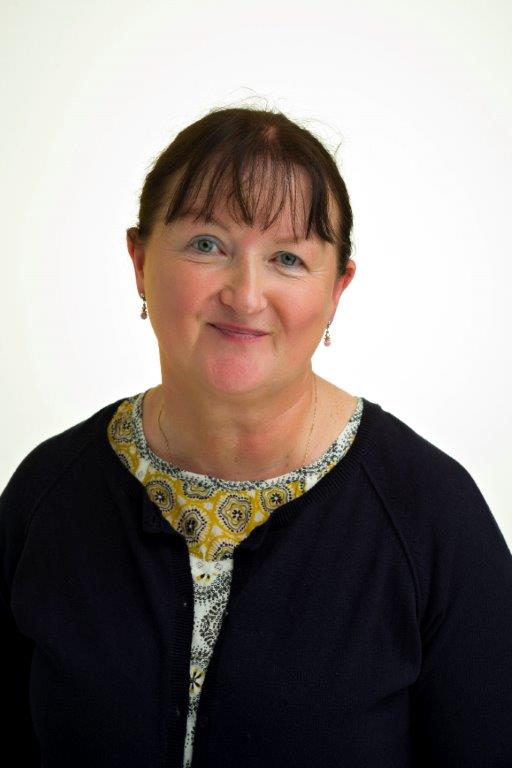


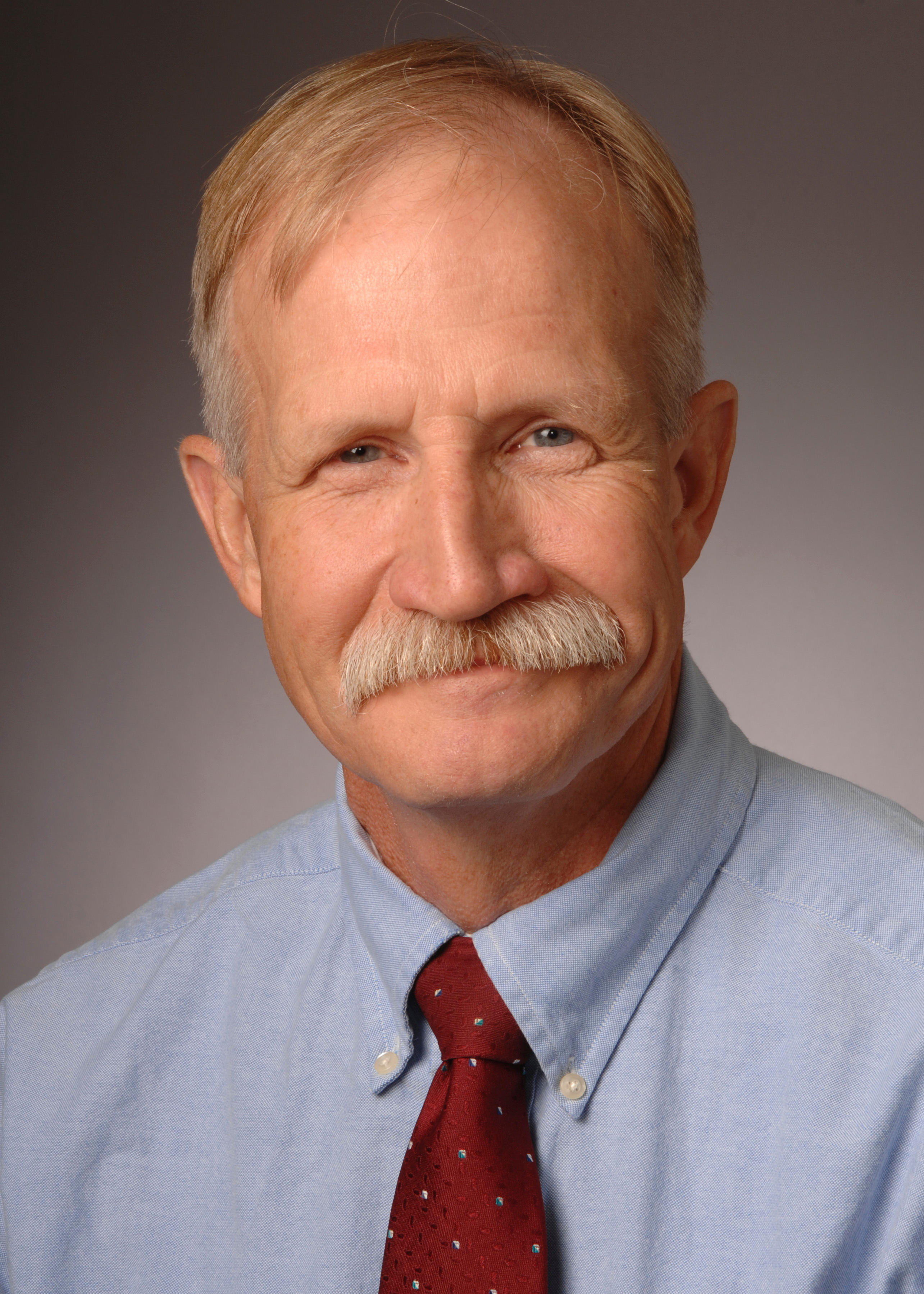
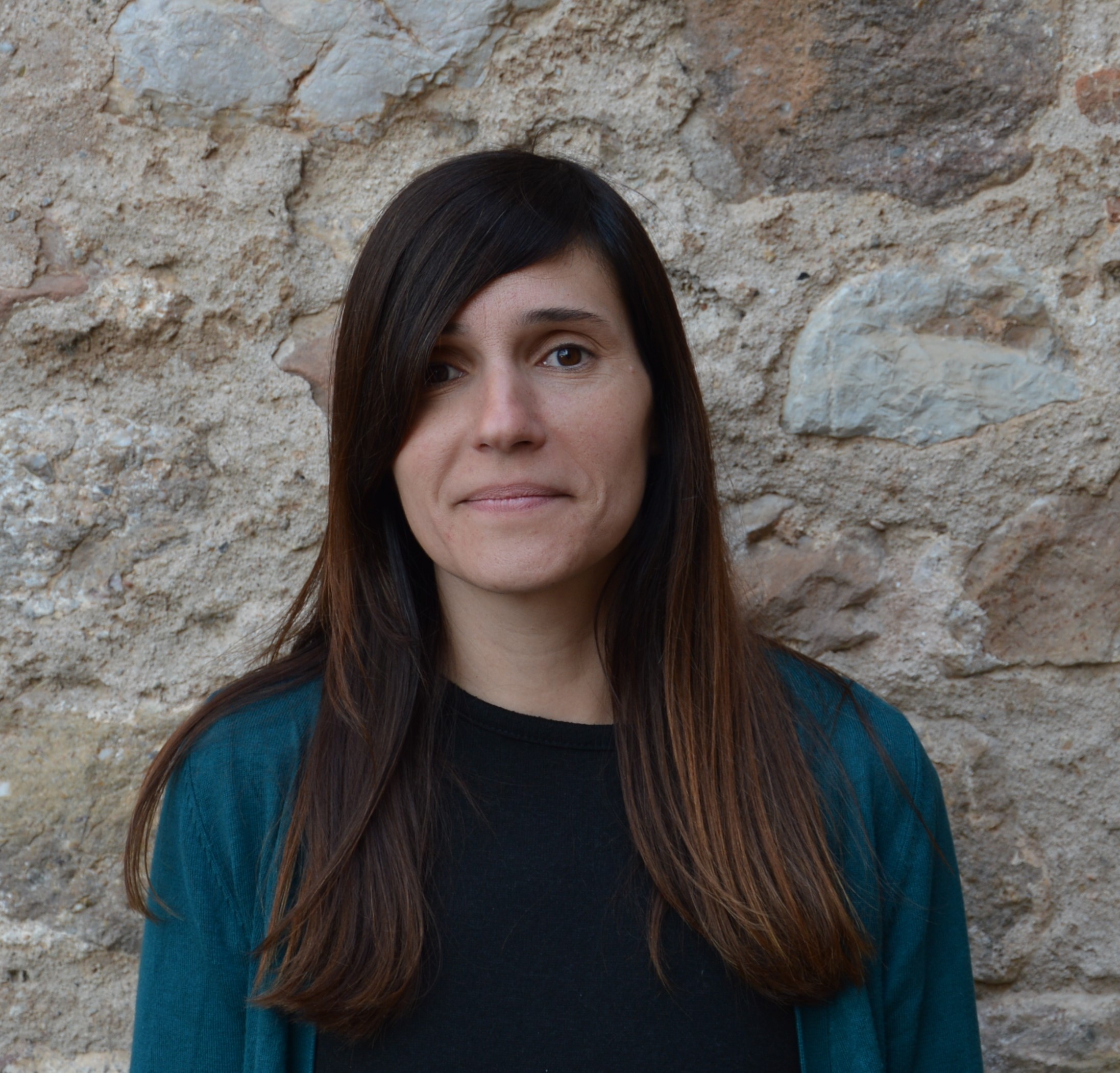
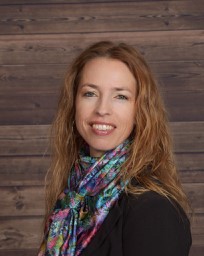 Kim Brackett
Kim Brackett
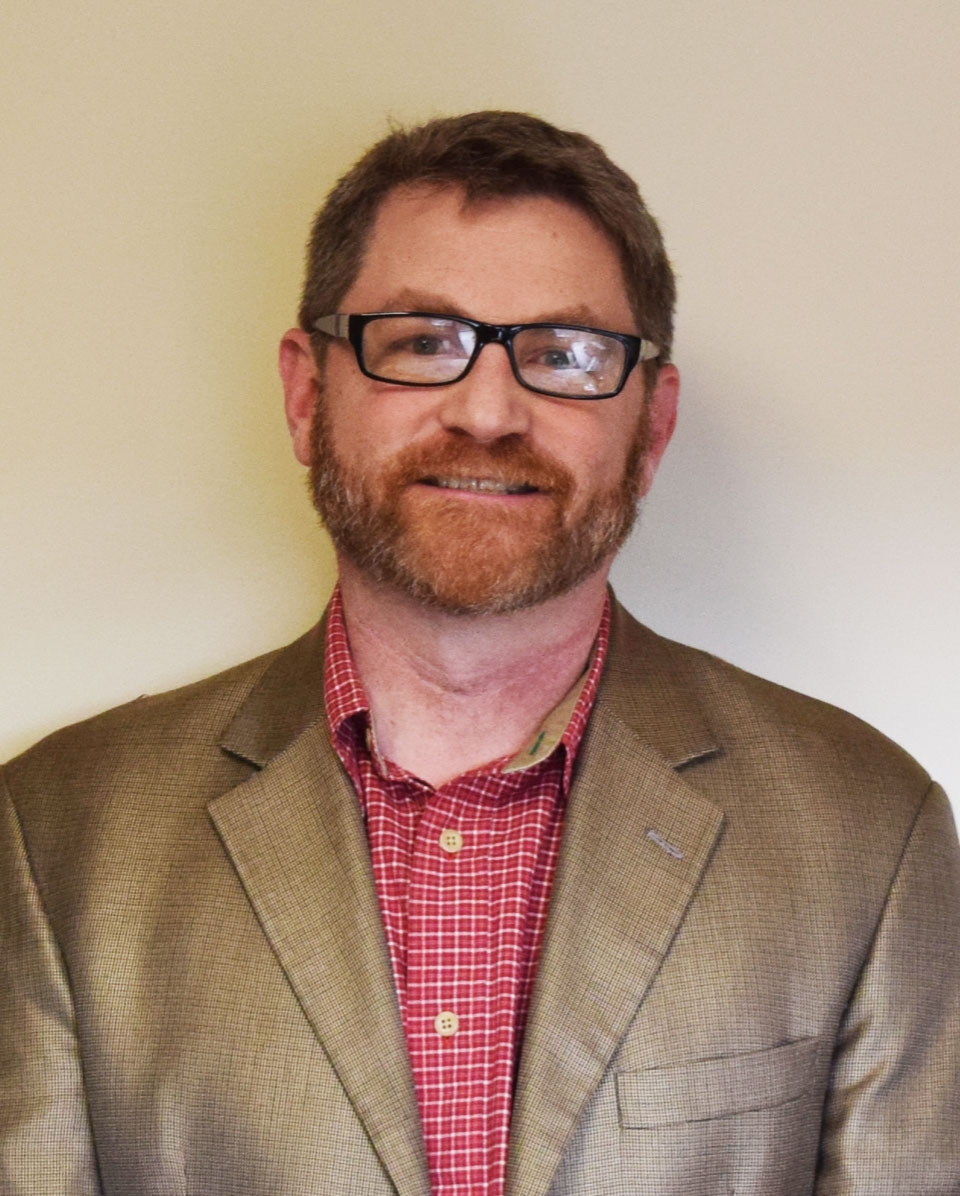
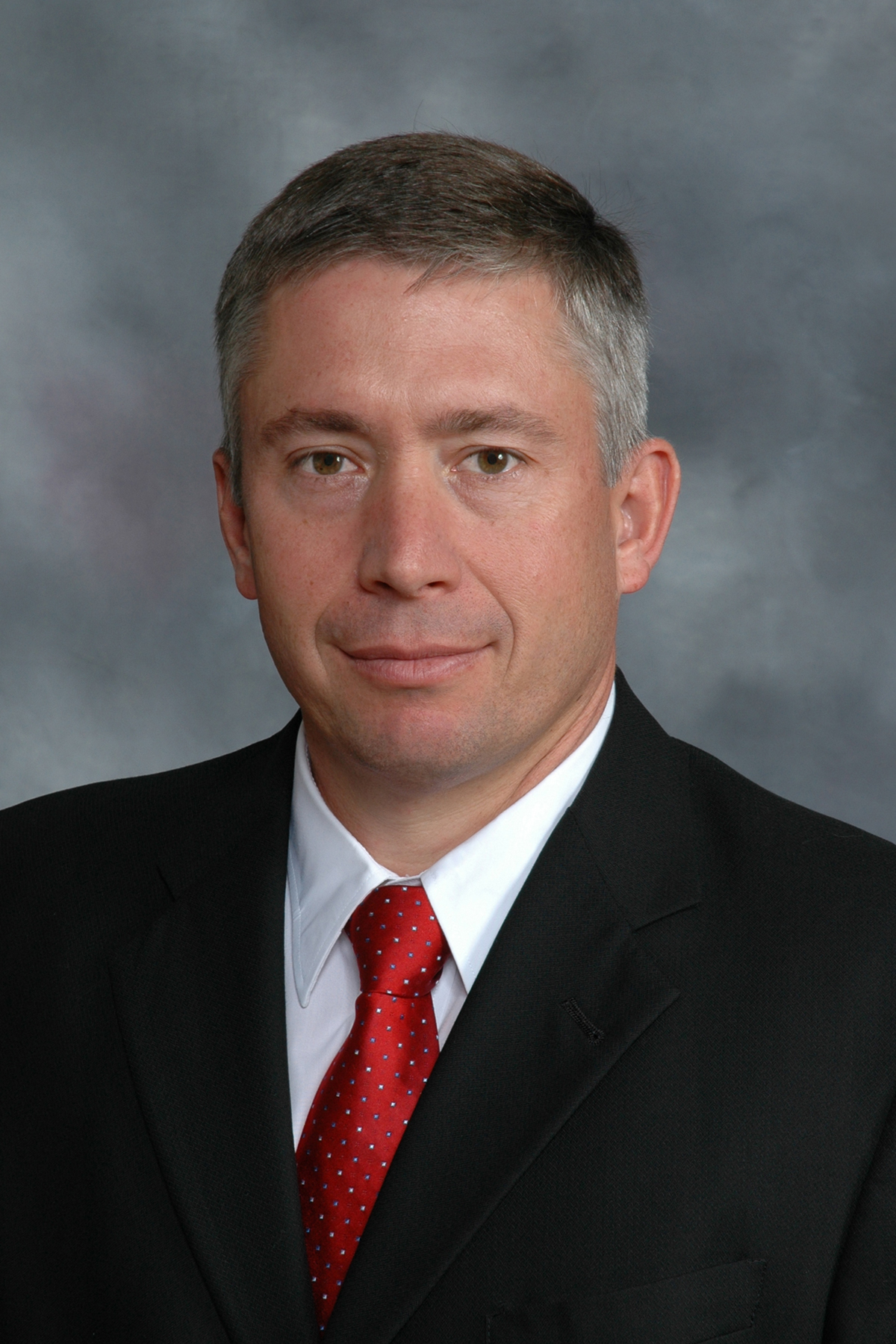
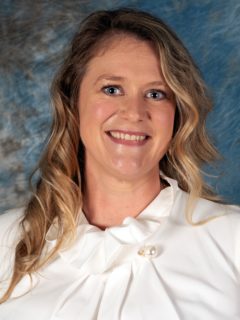
 Headshot.jpg?language_id=1)
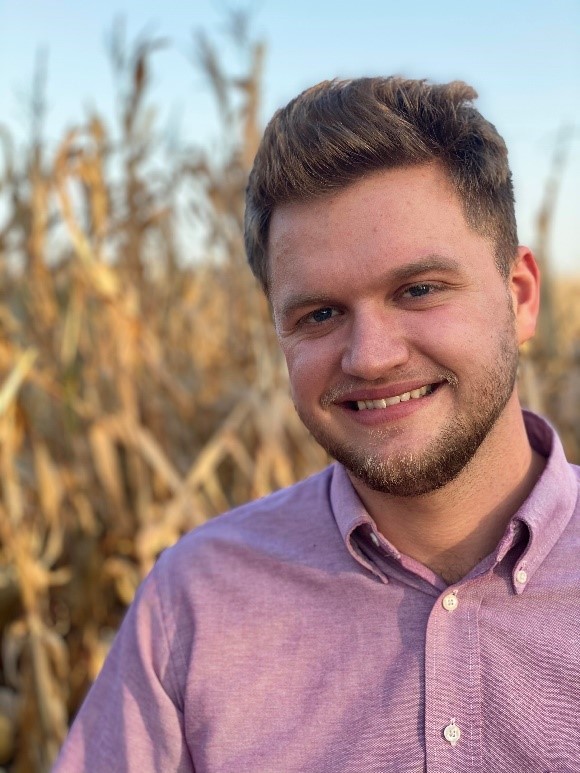

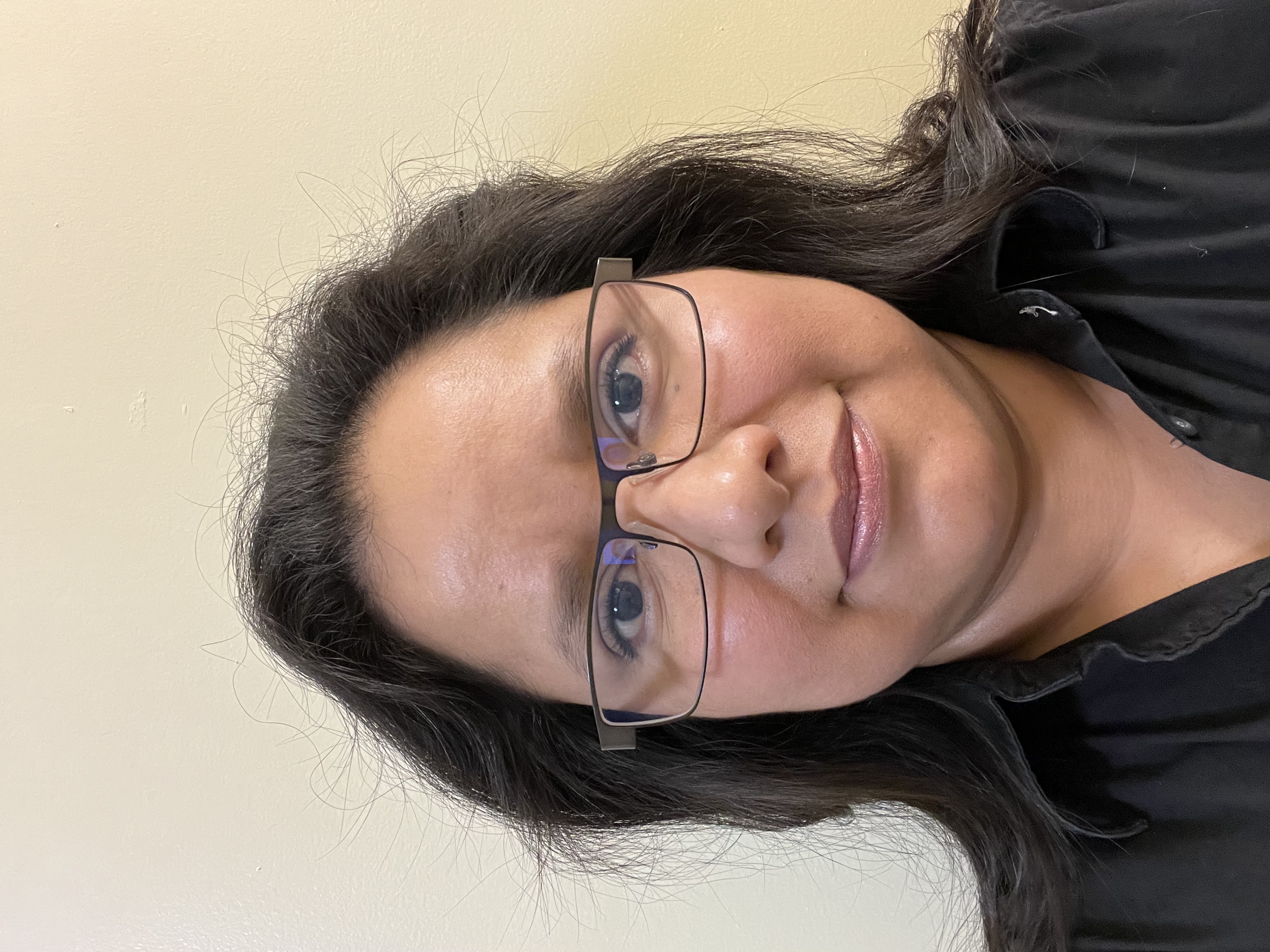

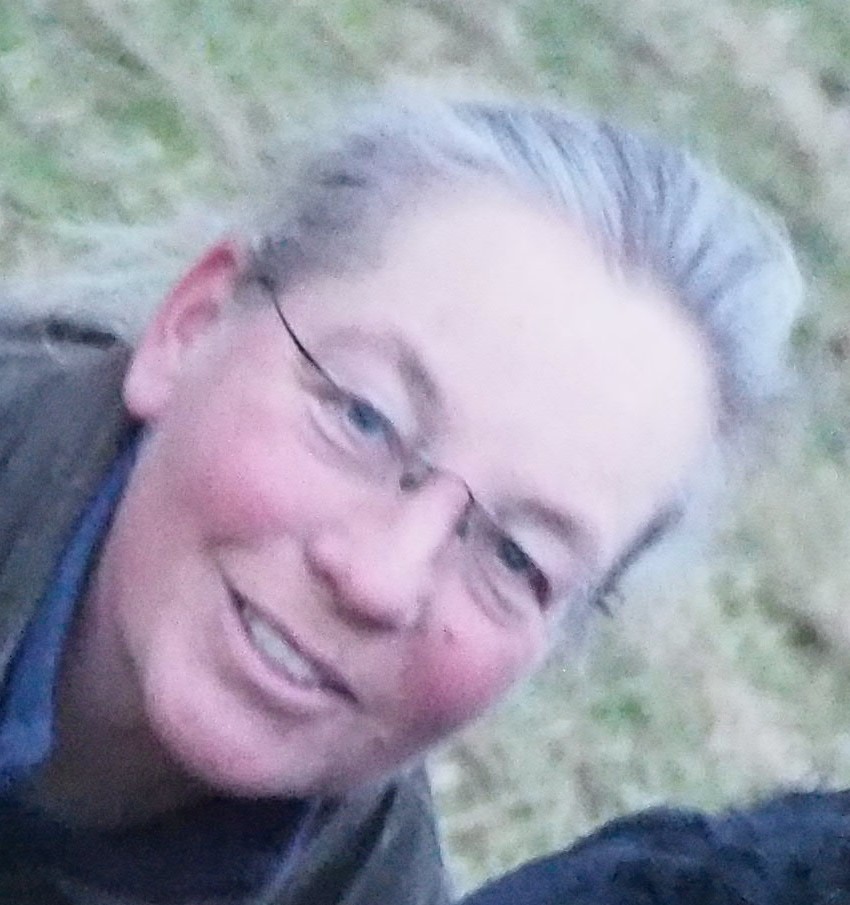
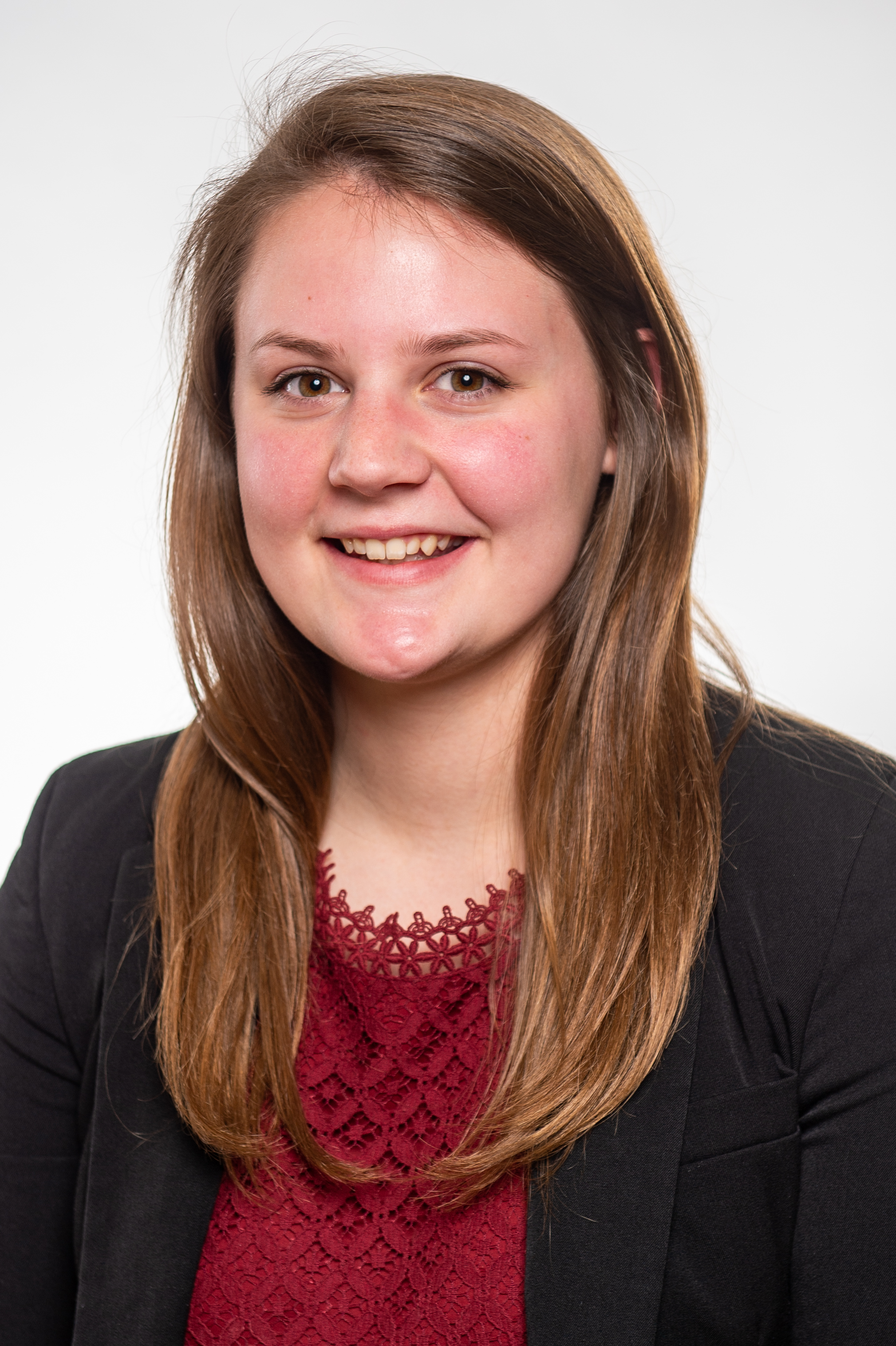
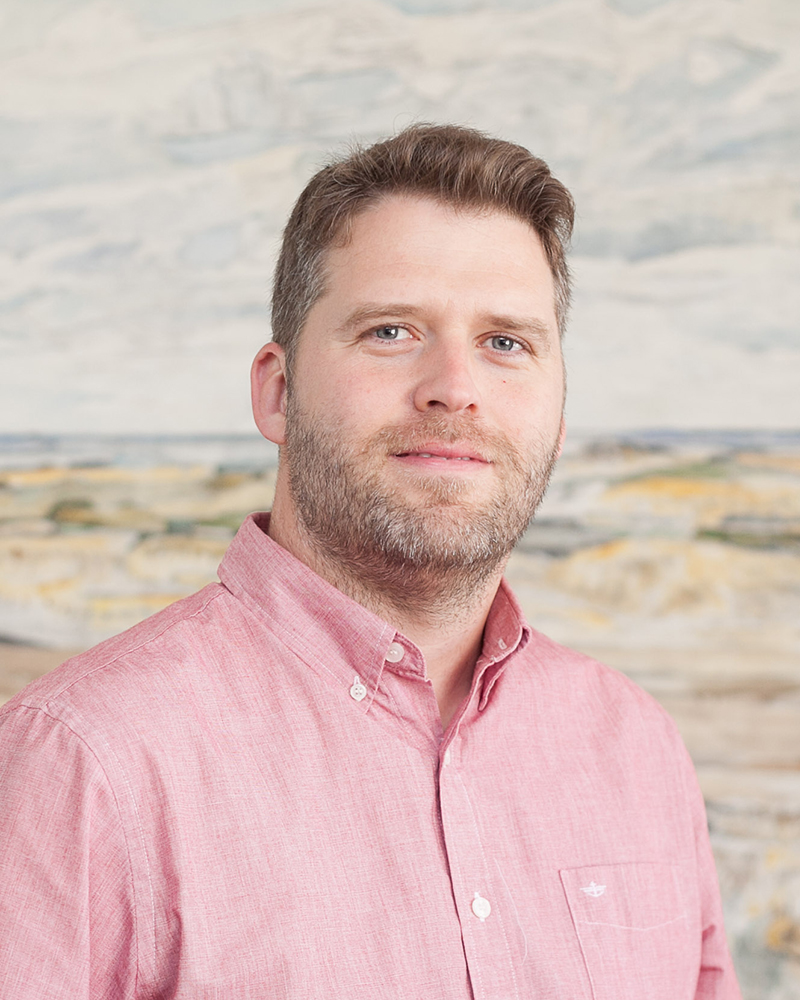


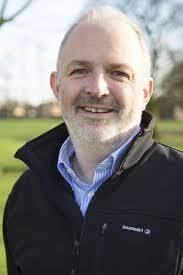


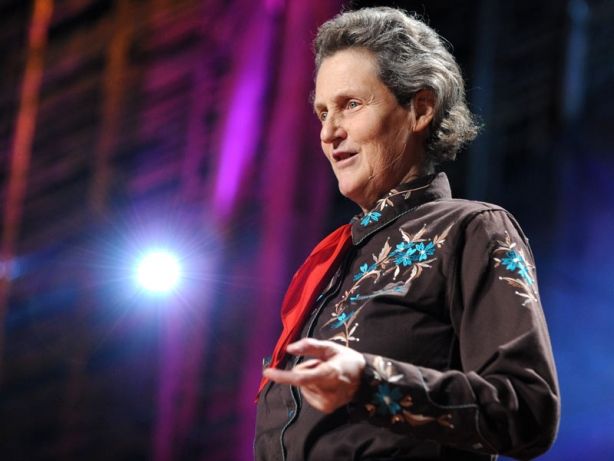
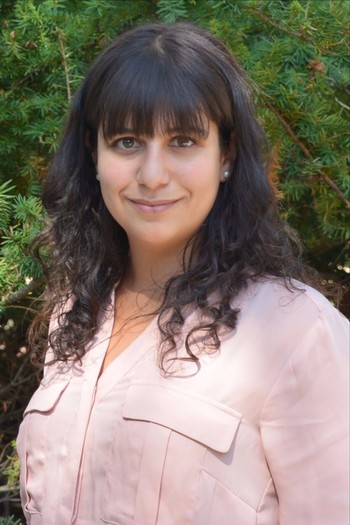
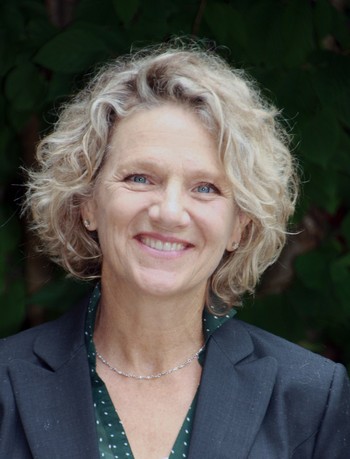
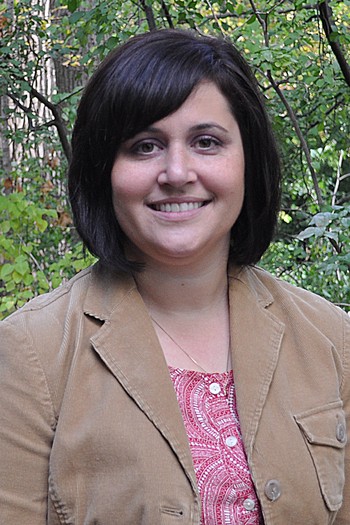
 Print
Print Email
Email